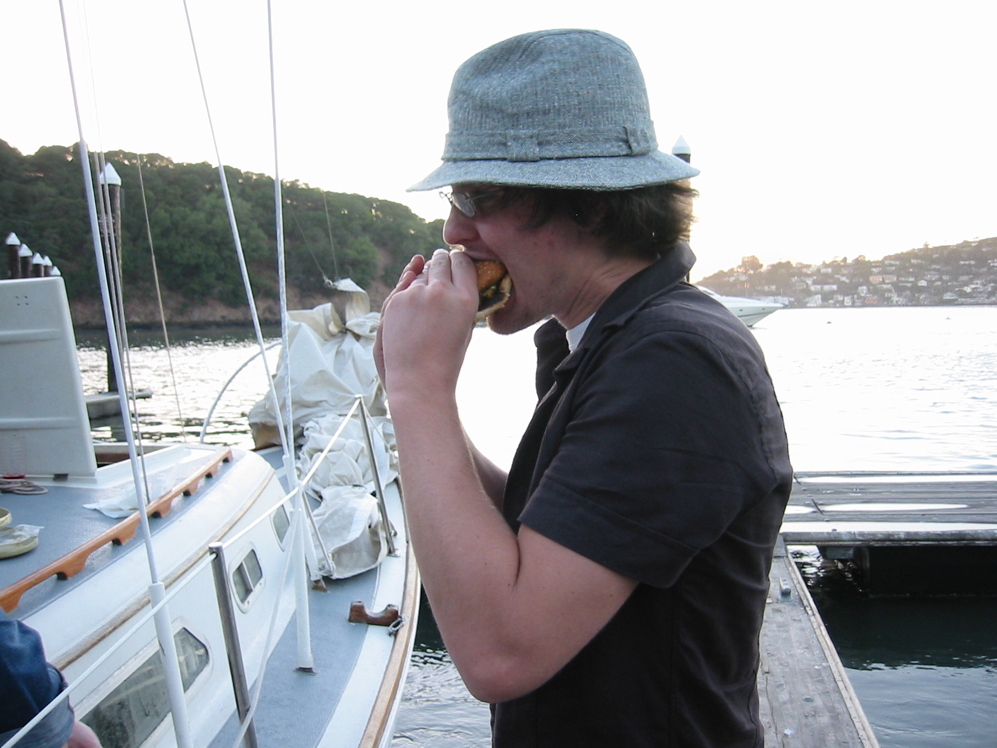 Sailing employs wind acting on sheets to propel a craft on the surface of the water. TZMP conducts cruising coastal ocean sailing and inshore sailing on small and medium sailing craft. Sailing employs wind acting on sheets to propel a craft on the surface of the water. TZMP conducts cruising coastal ocean sailing and inshore sailing on small and medium sailing craft.
Wind and currents are important factors to plan on for both offshore and inshore sailing. Predicting the availability, strength and direction of the wind is key to using its power along the desired course. Ocean currents, tides and river currents may deflect a sailing vessel from its desired course.
“
Change your tack by tacking or jibing
”
Nomenclature and concepts are first studied by reading and discussion in a class setting. Basic sailing skills are practiced in a small personal sailboat. As skills improve, the size of vessel may increase. Aquanautics skills and rescue swimming experience is a prerequisite for TZ sailors. Go Teame!
Go Teame!
| 

